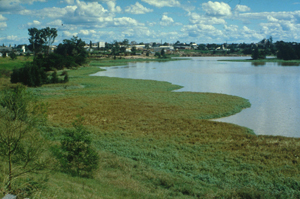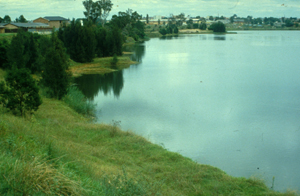If resources for detailed, long-term monitoring are not available then a simple alternative is to use a series of either true colour or infrared colour photographs taken routinely from a number of fixed points to track changes in weed density.
As with correlation, the application of basic experimental design principles greatly improves accuracy and reliability.
Sites should be chosen to provide the best chance of documenting changes in the weed density or cover. Photo points must be marked exactly and clearly and be easily found even after several years. Natural landmarks should be included within the photo to aid accuracy. A copy of the initial photo should always be carried to each site for reference. If funds are available and the service regular enough, aerial photographs can provide very accurate and reproducible images for this type of monitoring. A number of different film types can be used, but one advantage of colour infrared images is that stressed and dying vegetation appears as different tones to healthy vegetation.
 |
 |
|
Before and after photographs of alligator weed
control
|
Frequency of photographs should be related to the seasonality of damage caused by the control agent. For annual weeds a single image per site, per year, may suffice. For perennial plants or in tropical environments a much more frequent rate of photographs may be needed.
The advantages of before-and-after photography are that it:

